A two-player worldbuilding TTRPG, The World We Left Behind by game designer Sam Leigh is a game about discovering the past of a once-populated planet. Players return to the planet over multiple sessions, learning more about the world’s past by drawing symbols on playing cards, then interpreting those symbols into different traits of the planet.
In November, New York City’s BalletCollective held a performance of a piece inspired by that same game.
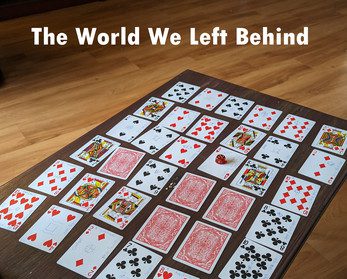
The Fandomentals was provided with a press ticket to attend the performance at Trinity Commons in lower Manhattan. I am not a dance critic, so I don’t have much to offer about the performance other than it was an utterly moving piece of art. For a more in depth review of the dance itself, read Lin Codega’s review of the dance, with a link to a recording of the performance.
We sat down with Sam Leigh to talk about the experience of being commissioned to write a TTRPG for a ballet company, working with artists across mediums, and how collaboration can create new possibilities.
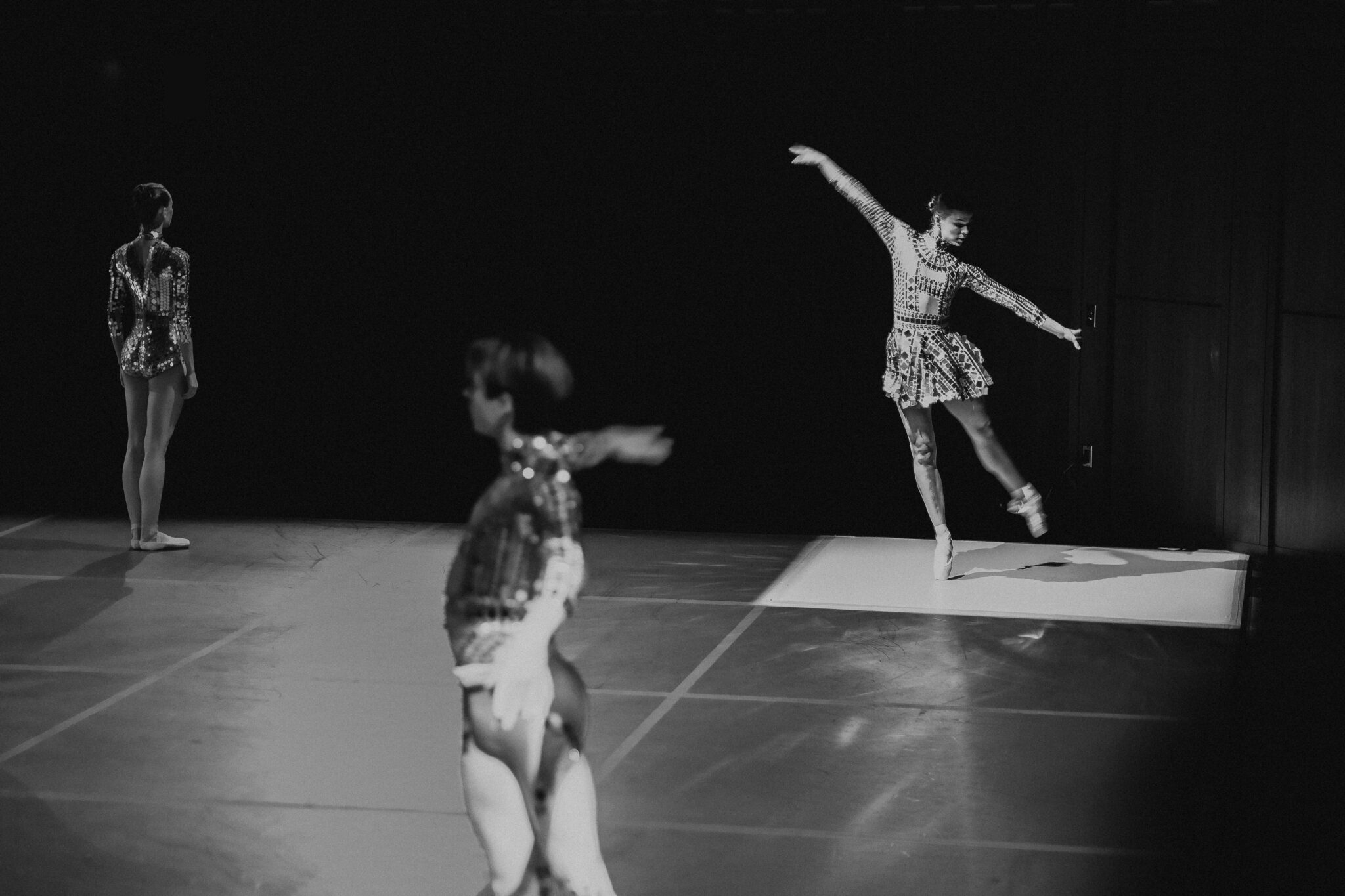
This interview was edited for length and clarity.
Let’s talk a bit about the concept of The World We Left Behind, how it came to being a game, and what that process was like for you. How did the Ballet Collective approach you about making this game?
Sam Leigh Ballet Collective is a nonprofit that has done multiple seasons where they pair what they call a “source artist” with a composer and a choreographer. In each of these trios, the Ballet Collective commissions the source artist for a piece of art. These artists are all types of artists. So, you know, sculpting, painting, poetry. I talked to somebody who made architectural drawings one time for a show.
The source artist works together a little bit with the choreographer and the composer to check in about what type of thing that they’re interested in, what would be helpful for them in their creative process. Then the source artist makes the art and shows it to the other two. The composer then creates a piece inspired in some way by that work of art, and the choreographer creates the ballet to that piece of music.
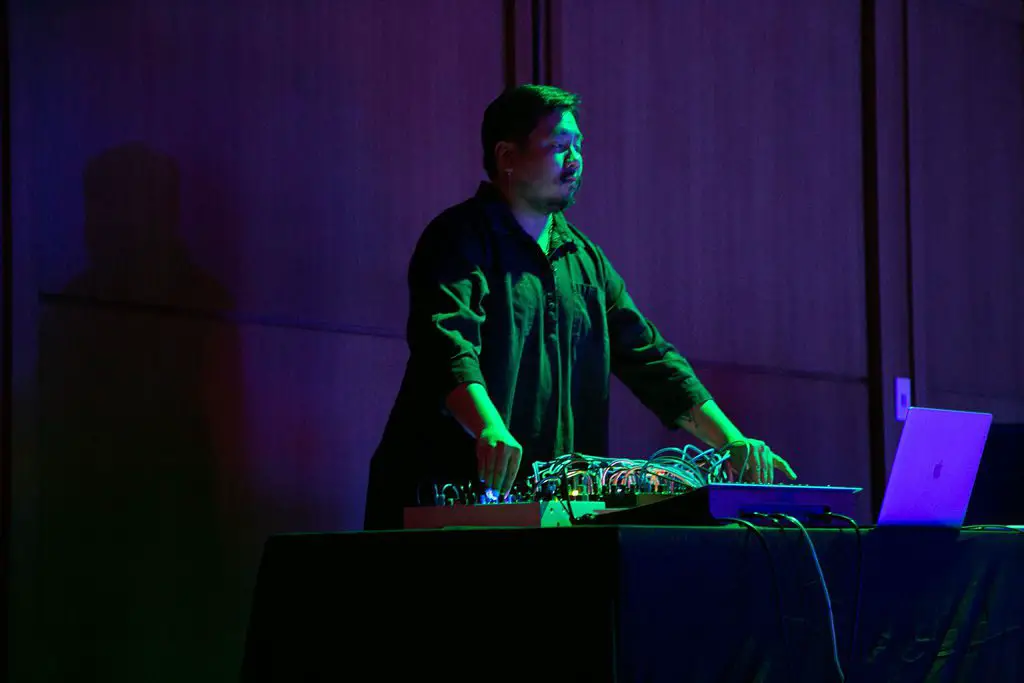
I did not know anyone from the Ballet Collective before this happened. Their season for this year was about probability and chance, their theme for the season. And so Phong Tran, the composer, and Troy Schumacher, the choreographer, knew that the two of them were going to be working together. hWen discussing what type of artists they wanted to reach out to, Phong had played a lot of tabletop role-playing games before and was like, there’s a lot of chance and in tabletop RPGs because you have dice, you have cards, you have all this stuff. So why don’t we commission a TTRPG designer?
Phong had played my other game Anamnesis; he actually had a copy of Anamnesis. When they decided to reach out to TTRPG designer, Phong knew about my work already. And he was like, why don’t we see if they’re available? So yeah, it all just really, I mean, talk about the season being about chance.
The chance of all that happening is just… things just lined up. So I got an email from Phong in January explaining all of this and asking if I was interested. And I was like, How could I not be? I’ve always been really interested in how different art forms can intermingle with and inspire each other, so this just was so fascinating to me.
I met with Troy and Phong over the next couple of months so that all of us could talk and toss around ideas and I could get a sense of what they were looking for. And then I wrote the game based on some of the things they were interested in.
What elements did they give you to develop The World We Left Behind?
Sam: The two of them are both local to New York City, so they wanted a two-player game that they could play together. The music and dance to the ballet, some pieces of it were not just inspired by the text of the game book, but also the specific game that the two of them played together. I don’t think they told the story of their whole game or anything like that, but it was, I think, influenced by their specific session of it.
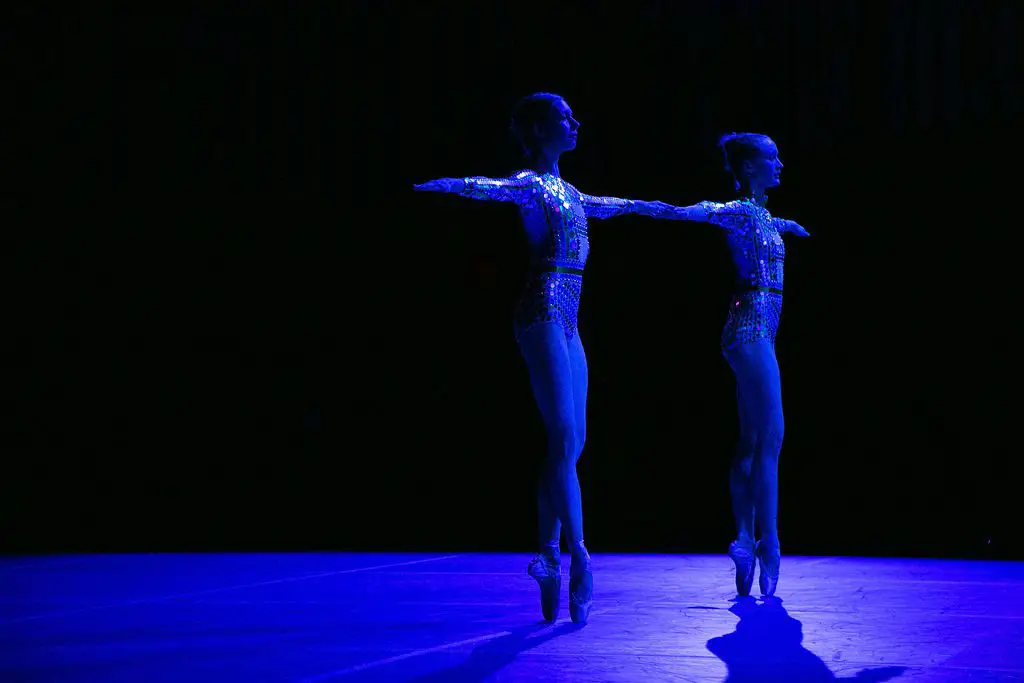
I had also mentioned to them that certain games have artifacts of play: when something is produced as a result of playing the game. They were really interested in that and seeing how an artifact could also inspire the music in the ballet, like the resulting artifacts they got. That’s how the deck of cards came to be. That was particularly inspired by Wreck This Deck by Black Armada Games.
I love the idea of writing and drawing on a deck of cards and then having that deck later on. They also were interested in having some sort of abstraction in it, stuff that they could use to create their own interpretations so that they could branch off with it with the music and the dance.
Those three elements came into one game; in The World We Left Behind, you draw symbols on cards that the other player then interprets.
But in terms of what the story was about specifically, what the themes were, a lot of that was up to my discretion.
It is very evident that this is a game that is trying to do something thematically, to evoke players to play a kind of returning to as opposed to the Alone series where you’re going out and going into various different places?
Sam: The Alone series was definitely an inspiration for it. When I think about it, I particularly really like Together Among the Stars, the two-player version, so there’s definitely some of that in The World We Left Behind, for sure. Another inspiration is Outer Wilds, the video game.
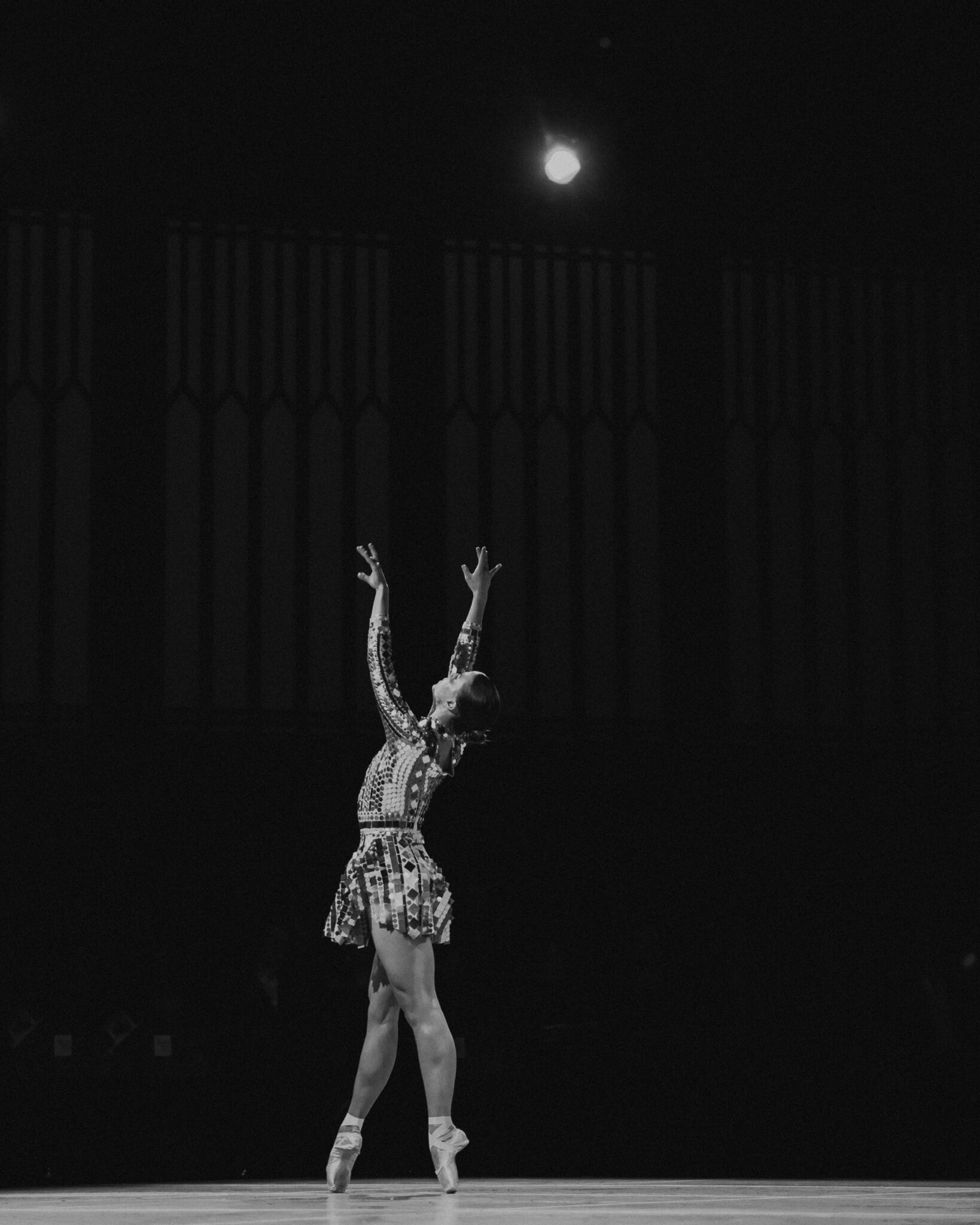
I’ve played a little bit of it and there’s a certain feeling I get when I play that I don’t get playing any other video game. There’s this sense of wonder but also vastness and loneliness. It’s fascinating. I don’t know how they evoke it but they do. I really, I was really interested in having this game be about wonder and exploration and discovery, but also not about colonialism. Not about people who are trying to settle a place, but about people who are trying to learn more about a world and learn about the history and help solve mysteries of what was going on.
Also I really wanted there to be elements of like this world is vast and we are alone, but also the kind of companionship that comes from going through that together and doing this type of exploration together. So those are kind of some of the themes that went into the game.
Describe what that process was like of seeing this game come to life and how involved you were.
Sam: Once I handed them the final version of the game, I was really hands off. Once the sort of artist gives their art to the two of them, that’s the end of their responsibility in the collaboration. So I wasn’t really super involved once I provided them the artwork. The first time that I both heard the music and saw the choreography was when they did a rehearsal in Millbrook, New York that I was able to drive down from New Hampshire to see. Seeing it all at once, having not heard the music at all, and then sitting down in that chair and hearing the music start coming in and seeing everybody start dancing on the stage was so overwhelming in the best way. Just trying to like catch every single detail of what was going on and like really just soak it all in was just incredible.
I think that as a game designer and really as an artist, because I think that this can be said the same for a lot of art, one of the best feelings in the world is seeing people be inspired by your work. Not only seeing how they’re inspired, but seeing what directions they take that in and seeing how they interpret your work in different ways than you might interpret it. Seeing how Phong and Troy built off of the game and which pieces felt so much like the game itself and then which pieces felt so fresh and exciting, it was all, it was just a joy to be part of and to watch and really, really special as an artist to see that.
What elements did they include in the dance that felt like new and additive to your game, rather than an interpretation of?
Sam: There was, there’s this piece of the dance that I think was kind of unexpected to me, but felt like it’s one of my favorite parts. There’s a point near the end where all of the dancers are on the stage together and the music picks up, the tempo picks up and they’re all dancing in a slightly almost disjointed way, where it feels very joyous. I just feel such this sense of joy when I watch it, like joy and celebration that was unexpected from the game that I wrote about the loneliness of these two people, companionship, but also them being alone on this planet and uncovering these mysteries and all this.
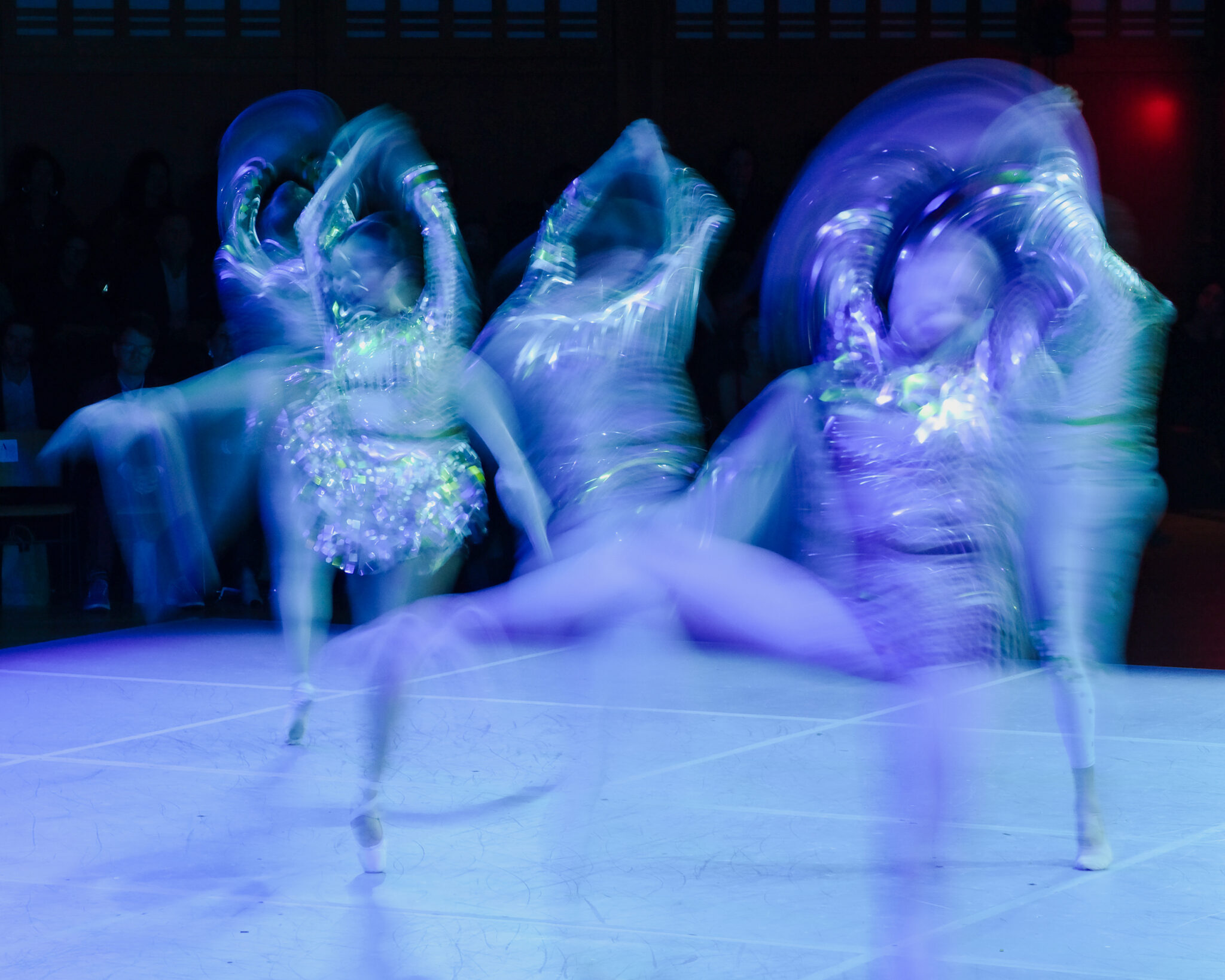
But watching it and seeing how this joyful music and joyful dance came out of the game and was inspired by the game is just amazing to me. Watching that specific piece of the dance, I feel like this is how I want people to feel when I play my games. Tthis is the energy that I would love to evoke with games that I write. And so being able to to see that was part of it was really exciting.
Especially if they did draw elements from their own gameplay, you know that joy was present when they were playing the game and was brought into the dance. So that’s a really cool perspective to get to see. You also mentioned that you are going to be creating a new version of the game to be released next year. I wanna know what those changes are (to the degree that you can speak to them) but I also wanna know if seeing the work inspired by this game informed which direction you want to bring the game in?
Sam: I’m kind of curious about the myself. I’m like, how wrapped up is it all? I think one of the larger changes that I’m planning to make to the game is not to limit it to two players. So I would like for it to be as few as one player and as many as four. There’s these parts of the dance where you have two people on stage together, but there’s also parts where one person is on stage and there’s also parts where everybody’s on stage.
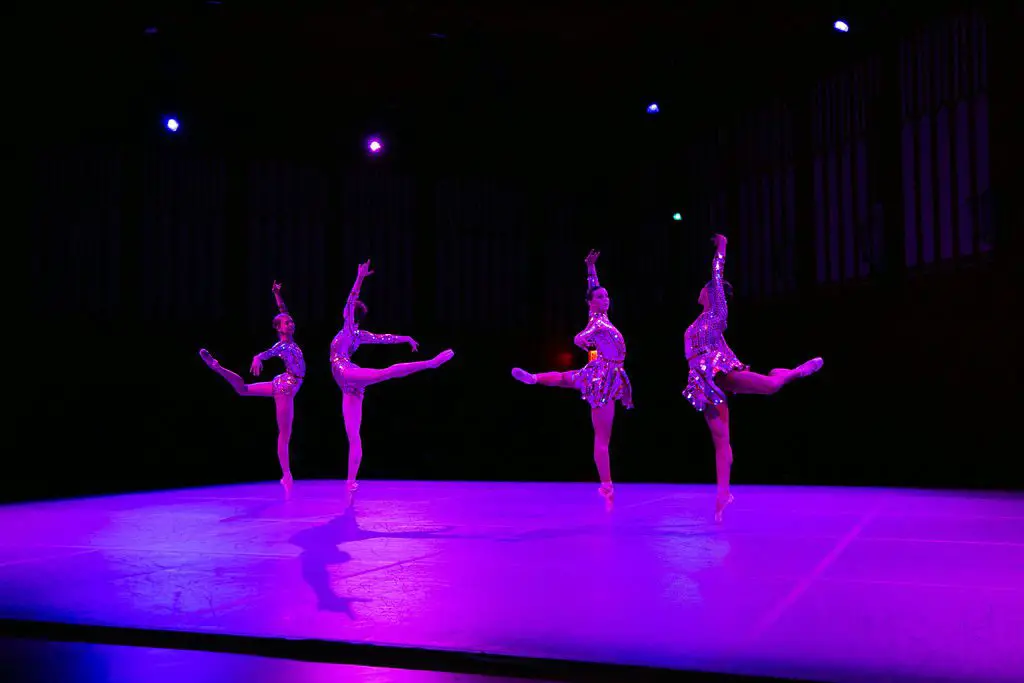
The solo acts on stage are especially striking. It would be so interesting, how the dance would look different if it was a solo game or if it was a group game. Would there be more solo acts in a solo game? Would there not be a two person piece of it if it was a group game? I think that ties in a little bit to that decision. I’m not sure if that was why I made that decision, vut I think it’s kind of wrapped up together a little bit.
You’ve also had experience seeing your work adapted into actual play. What is the experience watching an actual play told through the narrative of your game versus watching it be inspired to make a different piece of art? That’s a very different experience that you now have the unique position of seeing both. What is that difference like?
Sam: I think the most prominent difference is that in an actual play, you see the direct line of inspiration. You see, depending on what the actual play is like, you might know exactly the prompts that person got. You see how their story unfolds through the game that they play. You’re essentially watching them play through your work, knowing where these story seeds are coming from.
With the music and the dance, I don’t know everything about Phong and Troy’s game because I wasn’t present in the way that you’re present during an actual play. I wasn’t actually watching their game take place. They told me a couple bits and pieces afterwards, but honestly, not a lot. I know very little about their session, about their playthrough of it. When I’m listening to the music and when I’m watching the dance, I can only guess about like what their game was like and the feelings that game evoked. While I tried to evoke certain feelings through writing the game, that doesn’t mean every player is going to get those feelings during their playthrough of the game.
So the feelings that Phong and Troy got when they played, are they the same ones? Were they different ones? I don’t know if I’ll ever know, but I can try to surmise that and guess about that when I’m listening to it and when I’m watching it, but I’m never really gonna know ultimately, like exactly what each piece of choreography and each beat of the music was inspired by. And that’s kind of exciting.
Is there anything from this experience of making this game, seeing it, and then going to be revising it that you’re going to take into future games that you write?
Sam: Ooh, that’s a great question. I would love to do more collaborative work like this. I would love to work with other types of artists more often in future work because I just had such a great time with this collaboration. And I love to like stretch the boundaries of what types of collaborations people have done and really like stretch the boundaries of what different art forms can do and how they can intermingle.
I’m not a composer and I’m not a choreographer. I’ve never taken a ballet dance in my life. These are really two fields, two art forms that I know next to nothing about. Learning a little bit more about them through this process and being able to experience a little bit of that process was really fascinating and really exciting. I think it’s something artists would get a lot from, being able to work with artists who you might not think to work with.
Is there a medium in particular that you’re interested in working with?
Sam: I think some sort of 3D art would be really fascinating, like sculpting or crafting. I’m not a crafty person, I’m not a sculptor, but I think that art form is fascinating. Or maybe even like, this is actually something that I’ve seen a little bit in RPGs now, but just a tiny bit, puppetry.
I think that somehow merging puppetry with TTRPGs or working with somebody who makes puppets could be fascinating. I don’t know what that would look like. I have no idea. Right? But that’s what that communication would be about. I think that there could be all sorts of things. Yeah.
That’s really fascinating, especially because when we were at the ballet, you were describing what ballet kind of is and that it is like these moments rather than a cohesive narrative. It’s more like feelings and moments and energies. Those objectives are different from game design. Bringing that in with a different medium is going to be highlighting what other blind spots these mediums have. So I’m very interested to see what you bring with that in the future.
Sam: Every different art form is going to take different inspirations from a TTRPG. They’re going to look at things from a different lens. Calling it blind spots is really interesting, because I think it’s true. As a very narrative-focused medium, I guess that’s kind of where lyric games come from a little bit, but the wide majority of the TTRPG medium is much more narrative focused. Again, I don’t know a lot about ballet, but my understanding is that there are plenty of ballets that are narrative, but that there’s a lot that aren’t designed to tell a specific story.
During my collaboration with Tori and Phong, one of my ideas was very narrative-based, specifically telling the story about two people over time and the meetings they have, the chance encounters they have together. Troy had said, hey, this is a cool idea, but I’m not specifically looking to tell an exact story with my choreography.
I was like, oh, good, got it. Okay, let’s look at what we can do.
That was really eye-opening to me because I think about things from that perspective. The only stage experience that I have comes from musical theater, which is also very narrative. So that was kind of how my brain looks at things. Hearing that from him kind of helped us draw the game into a different direction where things were a little bit more flexible. This story that they’re telling together could go in all these different directions, and there was a little bit more to work with, a little bit more to be inspired by in terms of the mechanics themselves.
Are there any final thoughts that you have about this experience, about this game, about what it’s made you think about, like the role of a game designer? Anything that we haven’t really touched on so far that feels like it’s ruminating from this experience?
Sam: I gotta say, this was one of the things I’ve had the most imposter syndrome for. I usually do pretty well with imposter syndrome, but this ballet, I was like, what is happening? So I think that one of my takeaways with it is:don’t be afraid to pursue those like really nice, really weird, really different projects and collaborations because you never know what exciting things are gonna come out of it.
Even if you’re not sure, even if you have an idea ruminating and you don’t know fully how to get started, if there’s somebody who you want to collaborate with. Just see what comes out of a conversation from the two of you about the desire to collaborate and what you can make out of it. That can be a starting point.
The World We Left Behind will also have an updated release in 2024, which will include physical copies, updated rules, cover art by Helena Santana, interior layout, and options for playing solo or with 3+ players.
Imagery Provided by BalletCollective and Blinking Birch Games
Have strong thoughts about this piece you need to share? Or maybe there’s something else on your mind you’re wanting to talk about with fellow Fandomentals? Head on over to our Community server to join in the conversation!

